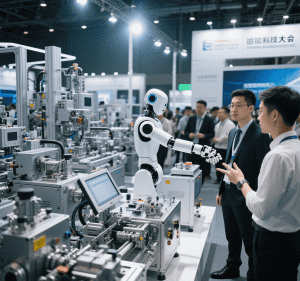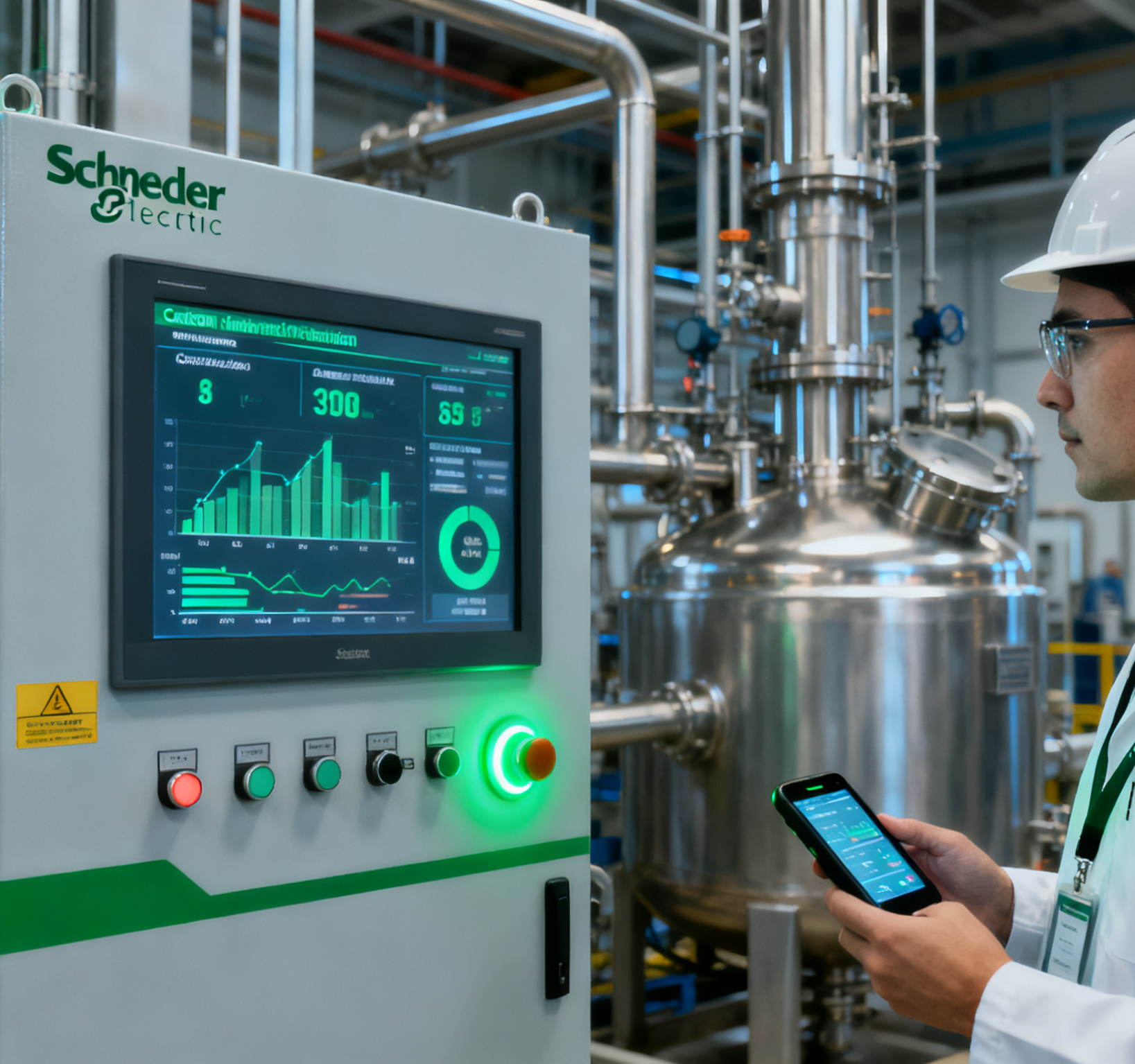Table of Contents
ToggleDriving the Next Era of Industrial Automation: Insights from Emerson Exchange 2025

As the automotive industry continues to redefine itself through automotive automation and advanced automated equipment, the broader industrial landscape is undergoing a parallel transformation. At Emerson Exchange 2025, held May 20 at the Henry B. González Convention Center in San Antonio, Texas, Emerson President and CEO Lal Karsanbhai opened the conference by emphasizing how industrial automation—mirroring innovations in sectors like automotive—is reshaping global manufacturing and operations.
“Just as the automotive industry has embraced automated equipment to drive efficiency and precision in assembly lines and supply chains, industries across the board are now leveraging AI, software-defined solutions, and unified architectures to stay competitive,” Karsanbhai told over 2,800 attendees. “The speed of change in industrial automation rivals that of automotive’s shift to electric vehicles and autonomous systems—and no sector, including energy, chemicals, or life sciences, is immune.”
Karsanbhai highlighted how automotive automation principles—such as real-time data integration, predictive maintenance, and scalable robotics—are now central to industrial strategies. For example, Emerson’s focus on unified architectures and software-defined solutions echoes how automotive manufacturers use digital twins and AI-driven simulation to optimize production. “In automotive, automated equipment has reduced cycle times and improved quality; in industry, similar technologies are enabling enterprises to adapt faster to market demands and regulatory changes,” he said.
Shaping the Future: Industrial Automation Meets Automotive-Grade Innovation
Emerson’s journey under Karsanbhai’s leadership since 2018 reflects this convergence of industrial and automotive innovation. The company’s $40 billion in mergers and acquisitions—including AspenTech—has positioned it to deliver data-centric solutions, much like automotive suppliers integrating software into smart vehicles. “Software is the backbone of modern automation, just as it’s the backbone of advanced driver-assistance systems (ADAS) and electric vehicle platforms,” Karsanbhai noted.
The conference exhibit hall showcased technologies that bridge industrial and automotive automation, such as AI-driven predictive maintenance tools and robotic control systems. These solutions, designed to enhance efficiency and reduce downtime, mirror the precision required in automotive manufacturing—where automated equipment must operate flawlessly to avoid production delays.
“Emerson’s ‘Boundless Automation’ platform, launched in 2022, is our answer to the industry’s need for agility,” Karsanbhai said. “It’s analogous to how automotive manufacturers use flexible production lines to switch between ICE and EV models. Our platform allows enterprises to optimize locally, adapt in real time, and scale globally—all while maintaining security and compliance.”
Project Beyond: Scaling Automation for a Connected Future
Karsanbhai unveiled “Project Beyond,” a software-defined digital platform designed to integrate industrial operations across intelligent fields, edge devices, and the cloud. This initiative aligns with the automotive industry’s push for connected ecosystems, where vehicles, factories, and supply chains communicate seamlessly.
“Project Beyond leverages AI, zero-trust cybersecurity, and data management—just as automotive systems use sensor fusion and cloud connectivity to enable autonomous driving,” Karsanbhai explained. “For industries like mining or chemicals, this means deploying automated equipment that can adapt to changing conditions without manual intervention, much like how self-driving cars navigate dynamic traffic environments.”
The platform’s focus on protecting existing investments while integrating modern technologies resonates with automotive’s hybrid approach to automation—where legacy systems and cutting-edge software coexist. “In automotive, you don’t scrap an entire factory to adopt EVs; you retrofit and innovate,” Karsanbhai said. “Project Beyond allows industries to do the same, ensuring their automation journey is evolutionary, not revolutionary.”
Closing: A Unified Vision for Industrial and Automotive Automation
As the conference concluded, Karsanbhai emphasized that the line between industrial and automotive automation is blurring. “The same principles driving efficiency in automotive—speed, precision, and software integration—are now defining success in every industry,” he said. “Emerson’s mission is to provide the tools that enable this transformation, whether you’re optimizing a refinery, a pharmaceutical plant, or a car assembly line.”
For the automotive industry, the lessons from Emerson Exchange are clear: automated equipment and AI-driven systems are not just tools for production but catalysts for broader innovation. As automotive manufacturers continue to adopt automation to meet electrification and autonomy goals, industrial sectors are following suit—proving that the future of automation is unified, scalable, and infinitely connected.
“Just as automotive led the charge in mass production a century ago, it’s now leading the charge in smart, sustainable automation,” Karsanbhai concluded. “Emerson is proud to partner with industries at the forefront of this revolution, ensuring that every sector—from automotive to energy—can drive into the next era with confidence.”




















